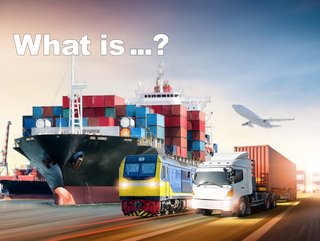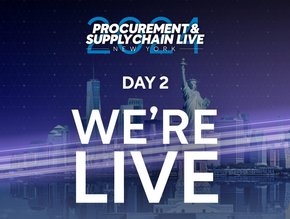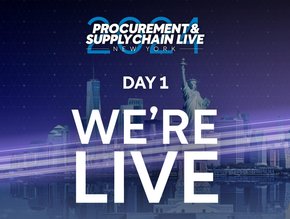
Part of a regular series of articles explaining the many different facets of supply chain. The series is designed to build into a ready-reference guide to everything supply chain.
What is … reverse logistics?
Regular logistics is the process of moving resources – people, materials, inventory, and equipment from source to storage. The term ‘logistics’ has military origins, and refers to the movement of equipment and supplies to troops in the field.
Reverse logistics takes this model and switches it, so that products move from a customer back to the original seller, or manufacturer. Reverse logistics is driven by the returns market, whereby consumers, for a variety of reasons, send back goods because they misordered, or the goods were damaged or defective.
The returns market also has an important role to play in recycling. This is especially true for subscription services, such as home broadband and on-demand TV providers. With such services, customers often receive hardware to enable the service – typically routers and decoders.
When someone unsubscribes, return logistics helps ensure that this hardware can be reused or recycled, and not end up in landfill.
The returns logistics market is growing, thanks to the massive rise of e-commerce during the pandemic, when in-store shopping was no longer possible.
The National Retail Association in the US says that, for every US$1bn in sales, the average retailer incurs $165mn in merchandise returns. In 2022 alone, returns were $816 billion in th US, and it is a similar story across much of the developed world.
In general, the rates of returns for online purchases sits somewhere between 20-30%. The return rate for in-store purchases, meanwhile, sits at around 8-10%.
During the pandemic, when consumers couldn’t physically try on clothes a new trend called ‘bracketing’ emerged. This refers to people buying multiple sizes of a single item with the intent to return the ones that don’t fit.
Then we have ‘remorseful returns’, a eye-catching term that describes the phenomenon of cash-strapped consumers rueing the purchase of big-ticket items, and returning them to keep the money in their pockets.
The new year is typically a very busy time for the reverse logistics industry, because Christmas is typically followed by a slew of remorseful returns in the first few months of the new year.
Most retailers agree reverse logistics is important to their businesses. Sender Shamiss is CEO of goTRG, which bills itself as the “world’s first turnkey reverse logistics company”. goTRG specialises in recovering lost profits from returns and ‘distressed inventory’ (expired stock).
Shamiss says that the global returns industry is worth $816bn, and that more than one third (67%) of retailers told goTRG in a recent survey that they have invested in their reverse supply chain processes in the past 12 months. A total of 58% say they have invested $1-5 million, while 22% have invested more than $5 million.
“We make it easy for retailers and manufacturers to maximise recovery on the returns they receive,” says Shamiss.
He adds that the company help retailers solve returns through a “three-pillar approach”
- Software as a Service (an on-demand software solution)
- Supply chain
- Reverse commerce (the sale of previously owned new or used products through physical or online distribution channels to buyers who repair, reuse, recycle or resell them).
Shamiss says goTRG’s SaaS solution is built on data from 100 million barcodes, and that the company’s supply chain network is built on eight returns centres across North America.
goTRG decides which option will result in the best recovery results for items – wholesale, liquidation or refurbishment.
“We decide which marketplaces these products should be listed on for the highest return. We sell through liquidation channels, as well as direct-to-consumer retail channels.”
(The inventory liquidation market is driven by the sale of goods and assets from failed companies, through live and online auctions and walk-in warehouses and showrooms.)
Wholesale is becoming a bigger deal for reverse logistics providers, says goTRG. The wholesale industry is worth $10tn globally, and is growing rapidly due to its sustainability benefits.
Buying from a wholesale platform cuts down on shipping emissions because items come from a single facility and involve only one journey to the retailer.
Plus, buying second-hand or refurbished products saves items from the landfill, and cuts overall costs for retailers.
“We recently launched a new platform called goWholesale that leverages real-time data to enable retailers, manufacturers and wholesalers to buy and sell new, refurbished and overstock premium wholesale goods,” says Shamiss.
- Building a Strong Global Supply Chain for Business SuccessDigital Supply Chain
- Transforming Sustainability T-Mobile's Strategic Initiatives
- T2 on Supplying Quality tea, Whatever the ChallengesSupply Chain Risk Management
- Coface Protects Firms From Supplier Risks in Volatile WorldTechnology






